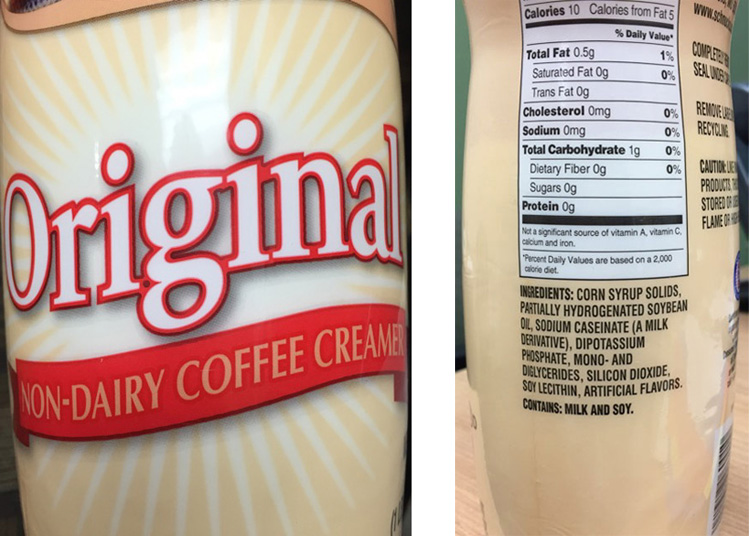 |
|||||
|
|
Winter 2016 Want To Exercise Despite the Weather? Food Allergies — Always Read the Label! The Top Winter Allergens and What You Can Do About Them
|
|
|
Food Allergies — Always Read the Label!
By Dana Evans, MHA, RRT-NPS Food allergies are caused by your immune system overreacting to proteins in certain foods. Common reactions to food allergies are hives, rash, nausea, vomiting, and diarrhea. While most reactions are minor, some are severe or life threatening. In the U.S. 150-200 people die and an additional 30,000 are seen in the emergency room for treatment related to food allergy each year. Food allergies and asthma? Food allergy sufferers are more likely to have asthma, eczema, or other allergies. Those who have both food allergies and asthma are at a higher risk of experiencing severe allergic reactions to food, including fatal or near-fatal anaphylaxis. This risk becomes greater if the asthma is not well controlled. Avoidance The best advice is to avoid foods that you are allergic to. While this seems simple enough, it can be difficult to determine which ingredients are in the foods you eat. Food labels can be confusing. It has gotten a bit easier with the Food Allergen Labeling and Consumer Protection Act. This requires the top eight allergens (those that account for 90% of all food allergies) to be clearly labeled on all food products. The top eight

Manufacturers may choose to list the top eight allergens in one of two ways: in the product ingredient list in a separate “contains” statement placed near the ingredient list. While it is helpful to look for the “contains” statement, it may not be included on all products. If it is not included, you must read the ENTIRE list of ingredients carefully.
Don’t rely on the name of a product to tell you if an allergen is present. For example, many “non-dairy” products (including coffee creamers and whipped toppings) still contain milk protein. It is also important to remember that food manufacturers can change their ingredient list at any time without warning. It is important to read EVERY label, EVERY time you purchase a product. If you have a food allergy that is not in the top eight, you must be even more cautious about reading labels. Ask your health care provider for the most commonly used names of your allergen to help you read food labels correctly. Eating out? These rules for product labeling do not apply to restaurants. Please be sure to ask about your food allergen before you order. When in doubt, leave it out! If you are uncertain about whether your allergen is in a product, don’t eat it. Better safe than sorry! In case of emergency Those who have severe reactions should be prepared for accidental exposure at all times (especially if you have both food allergies and asthma). It is highly recommended that you carry an epinephrine (adrenaline) auto-injector device for use during a severe or anaphylactic reaction. Symptoms of anaphylaxis include: hives, swelling of the lips/tongue, difficulty breathing, wheezing, and dizziness. If these occur, take your epinephrine and call 911 immediately! Dana Evans is a member of the American Association for Respiratory Care from Missouri, where she currently serves as manager of the respiratory care department at Mercy Children’s Hospital in St. Louis. |
|


